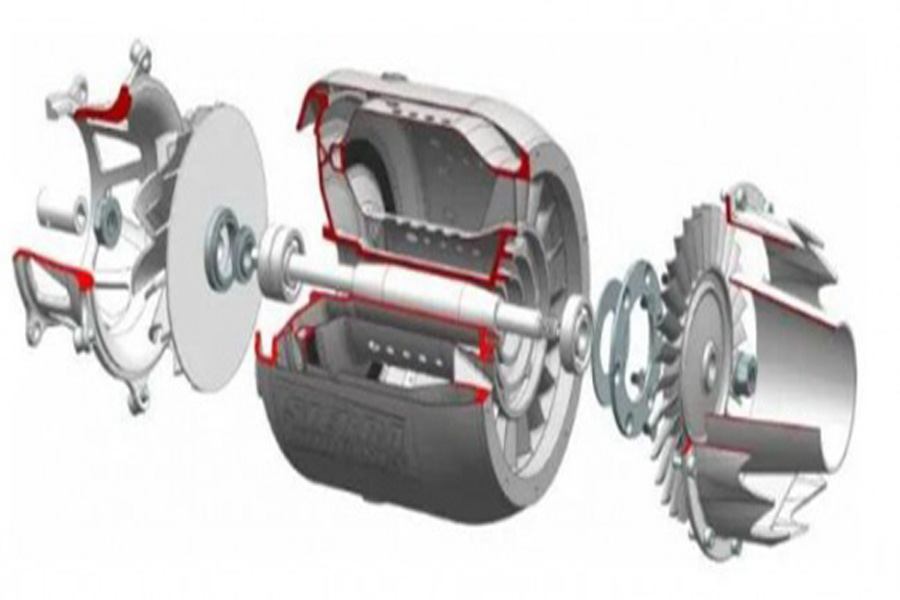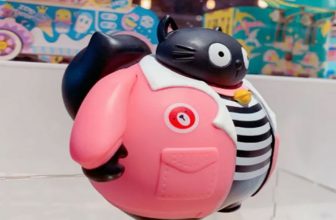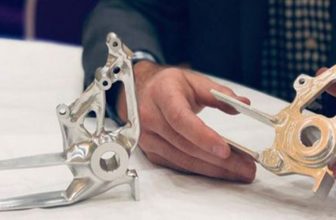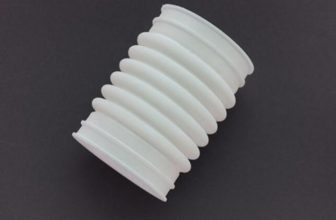
Due to the realization of very complex product manufacturing, metal 3D printing technology based on the powder bed fusion (PBF) process not only makes the manufacture of complex products more feasible, but also creates greater comprehensive economic benefits around the product life cycle .
In terms of power equipment, the products achieved by PBF technology do not remain in the concept development stage, but have entered space with rockets and spacecraft, as the aircraft soars in the sky, and play a “four or two strokes” in the field of power generation. Benefit magnification. The next generation of products created by 3D printing have greatly improved the level of human use of resources, and all of this has come to us. In this issue, we will combine international and domestic 3D printing micro gas turbine engine cases with netizens to appreciate the new business model spawned by 3D printing.
Paradigm change of micro-energy solutions
internationality
Sierra Turbines’ mission is to change the paradigm of micro-energy solutions. The company was founded in 2017 in San Jose, California. Focusing on the compact and power-intensive power generation applications in solving auxiliary power unit (APU), backup generators and other backup power generation needs, another mature market for innovation is power units for UAV systems. By using the metal additive manufacturing (AM) technology of the manufacturer VELO3D, Sierra Turbines reduced the number of key components from 61 to one, and also obtained many important performance improvements.
Sierra Turbines has set very bold design goals from the very beginning. Compared with the existing micro-turbines, they are actually very ambitious: not only the substantial reduction in the number of parts, but also the core engine overhaul interval will be achieved. 40 times the target of existing turbines on the market.
The use of additive manufacturing technology brings design optimization space to the core of the micro-turbine, thereby improving the performance of the micro-turbine. Compared with the current advanced turbines, the micro-turbine development team is able to create a more quality-efficient structure, and it is expected that the thrust-to-weight ratio will be significantly improved compared to existing turbines of comparable power. The design and development team reconsidered the fuel spray and flame shape in the combustion chamber. In traditional designs, fuel is injected at many points around the diameter of the combustion chamber, and then these cylindrical flames are stabilized by controlling the air flow around them. In the core machine integrated with additive manufacturing, a 360-degree fuel injection nozzle is integrated. Through the fuel injection nozzle, the fuel can be delivered evenly on the entire circumference of the combustion chamber and pass through the lattice while atomizing. The structure produces an annular flame and obtains a stable vortex.
The unique thing Sierra Turbines has done is to produce more than 95% of the micro-jet engines through additive manufacturing and expand to mass production. This seems to go against the beliefs of the industry. Usually we think that the current additive manufacturing is limited to prototype manufacturing and small-batch manufacturing. So where does Sierra Turbines’ confidence come from? What are the development ideas? Sierra Turbines’ team has extensive experience in the field of additive manufacturing in the aerospace industry. Through VELO3D’s equipment and quality control technology, it can simplify manufacturing, reduce weight, and achieve cost goals. The use of additive manufacturing technology enables Sierra Turbines to have a huge competitive advantage and will soon realize a business model of economies of scale.
The competitive advantages brought by 3D printing
- -Reduce the number of parts, the original 61 independent parts are manufactured as a single part with integrated structure
- -Due to the integration of the structure, the interface is eliminated and the dimensional accuracy is improved, so the tolerance is smaller
- -Reduce assembly work and post-processing
- -Achieve free design and realize complex geometric shapes
With VELO3D equipment, Sierra Turbines can produce thin-walled, high-aspect-ratio burners. VELO3D has satisfactory functions when manufacturing complex geometric shapes. VELO3D’s metal 3D printing printer is known for its patented SupportFree process to achieve nearly unsupported product geometric freedom. This process reduces the need for complex passages, shallow overhangs and low-angle support structures. This is the core of the micro-turbine machine belt. Here comes the possibility of achieving a highly integrated design.
Currently, one of Sierra Turbines’ goals is to power small unmanned aerial vehicles (UAS) weighing less than 55 pounds. Since the storage capacity of lithium batteries is only 200 watts per kilogram, the power density of drones has reached the limit. Sierra Turbines increased the power density by a factor of 10 to 2000 Wh/kg, which increased the flight time and lifting capacity by several orders of magnitude.
The 3D printing material used in this core machine is nickel super alloy, which is the material of choice for the combustion chamber of many large gas turbines. Additive manufacturing enables Sierra Turbines to obtain complex design features to improve thermal efficiency and obtain longer maintenance intervals, which is an unprecedented breakthrough.
Currently, Sierra Turbines has signed cooperation agreements with a number of drone manufacturers, and these drones will become its customers before releasing test data. In addition, Sierra Turbines intends to cooperate with the AUVSI Association to make full use of the extensive membership network of the AUVSI Association. With the help of 3D printed micro-jet engine power unit, drones can complete tasks more safely, more conveniently, more frequently, and more economically.
domestic
In China, the components and parts of micro gas turbine engines are complex and miniaturized. This field still needs to rely on foreign products and technologies. Anshi Asia Pacific and Shenzhen Yidong Aviation Technology Co., Ltd. have achieved a breakthrough in the additive manufacturing of micro gas turbine engines.
Anshi Asia Pacific and Shenzhen Yidong Aviation Technology Co., Ltd. successfully developed two fully 3D printed micro turbojet engines, the NK-10 with 10kg thrust and the NK-50 with 50kg thrust. In 2018, the over-temperature test above 1200℃ was completed. , All indicators meet the design requirements, and the maximum speed in the test is higher than 140,000 rpm, which is a high-temperature ignition experiment of a full 3D printing rotating turbine.
The NK10 and NK50 miniature turbojet engines incorporate the concept of additive design in the structural design of many key components, reducing the number of engine parts, reducing the overall weight of the engine, increasing the strength of some structural parts, and achieving lower The goal of cost, better performance, and longer life is an advanced power unit that meets the propulsion power of advanced low-cost micro-small air weapon systems, hybrid power of vehicles and ships, and power requirements of extended range.





